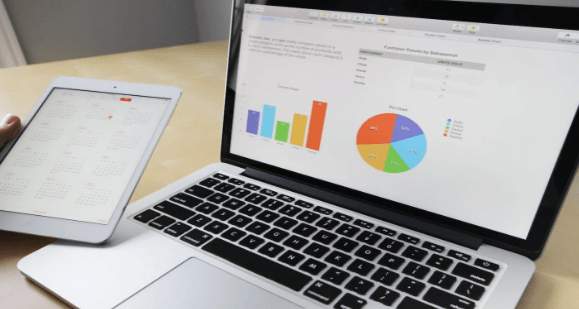
Options trading has become increasingly popular in investing, offering investors a unique way to manage risk and maximize returns. One crucial aspect of options trading is the use of data analysis, as it provides valuable insights into market trends and patterns that can inform investment strategies. This article delves into the power of options data and explores how it can be harnessed to make informed decisions in the realm of investing. By understanding and analyzing options data, investors can unlock new possibilities and optimize their investment approaches for greater success.
Understanding Options Trading
An understanding of options trading is crucial for investors to effectively utilize options data in their investment strategies. Options trading basics refer to the fundamental principles and concepts that underpin the use of options as financial instruments. A beginner’s guide to options trading gives individuals a comprehensive overview of the various components involved, including terminology, strategies, and risks associated with this form of investment. By grasping these basics, investors are equipped with the necessary knowledge to make informed decisions when utilizing options data. Analyzing options data requires a precise and detail-oriented approach. Investors must consider factors such as strike prices, expiration dates, implied volatility, and option Greeks (delta, gamma, theta, vega) when evaluating potential trades. The ability to understand and interpret options data empowers investors to leverage this information effectively in their investment endeavors.
Analyzing Options Data
Analyzing options data allows for the examination and evaluation of various factors that can influence investment decisions. Options data analysis involves analyzing historical price movements, volatility levels, and market trends to identify potential investment opportunities. By studying options data, investors can gain insights into market sentiment, investor expectations, and potential risks associated with specific stocks or indices.
Data-driven investment decisions are based on quantitative analysis and statistical models rather than subjective judgments or emotions. By analyzing options data, investors can make informed decisions about when to buy or sell options contracts and how to manage risk in their portfolios. This approach helps investors identify patterns and trends in the market, evaluate the probability of different outcomes, and develop strategies that maximize returns while minimizing potential losses. In conclusion, analyzing options data provides valuable information for making investment decisions. By incorporating a data-driven approach, investors can enhance their understanding of the market dynamics and improve their chances of achieving successful outcomes in their trading activities.
Identifying Patterns and Trends
Identifying patterns and trends in options data allows investors to gain valuable insights into market dynamics and make informed decisions based on quantitative analysis and statistical models. Predicting market movements can be facilitated by analyzing historical data, which provides a foundation for identifying recurring patterns and trends. By leveraging historical options data, investors can uncover correlations between various factors such as price movements, volatility, and option pricing. This analysis enables them to identify potential opportunities or risks in the market. Additionally, identifying patterns and trends in options data facilitates the development of predictive models that can forecast future market behavior with a certain degree of accuracy. These models are essential tools for investors seeking to optimize their investment strategies by capitalizing on observed patterns and anticipating future market movements based on the analysis of options data.
Incorporating Options Data into Investment Strategies
By incorporating options data into investment strategies, investors can enhance their decision-making process and optimize their portfolio allocation based on quantitative analysis and statistical models. Leveraging options data in risk management is one of the key benefits of using this information. Options provide valuable insights into market sentiment, volatility, and potential downside risks. By analyzing options data, investors can better assess the overall risk exposure of their portfolios and implement appropriate hedging strategies to mitigate potential losses. Additionally, options data can be used for predictive modeling. By studying historical options prices, trading volumes, and open interest levels, investors can identify patterns and trends that may indicate future price movements or changes in market conditions. This allows them to make more informed investment decisions and potentially capitalize on opportunities before they become widely recognized by the market.



